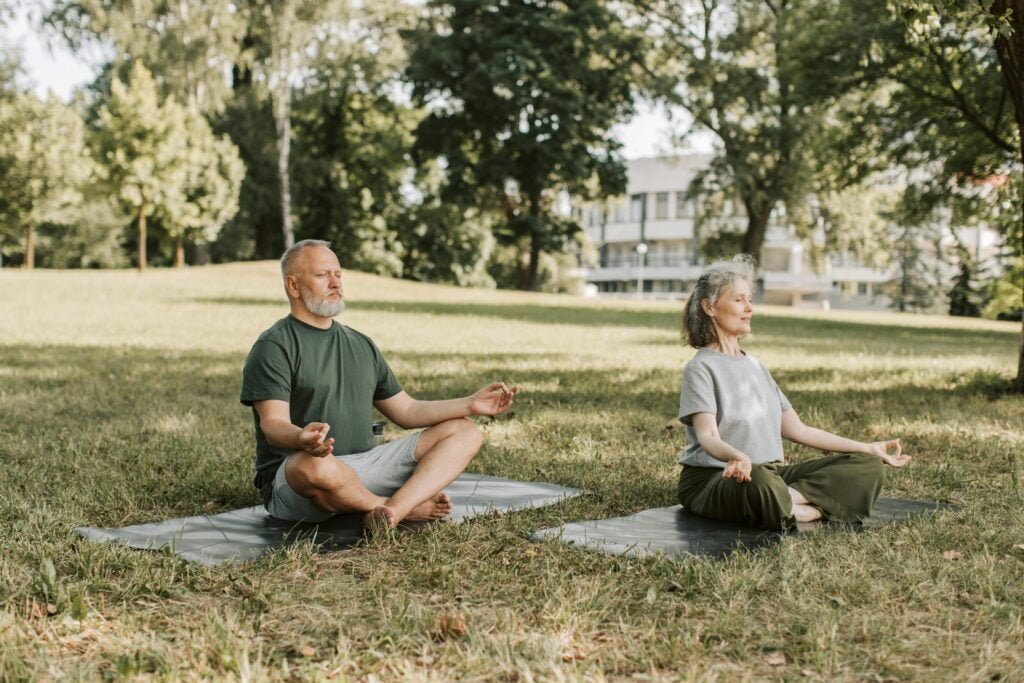Embark on a journey to inner calm and vitality with our comprehensive guide to deep breathing techniques.

Of course, here is an article with a simple and easy-to-learn guide on deep breathing for beginners, titled Unleash Your Inner Zen: A Beginner’s Guide to Deep Breathing Techniques:
Unleash Your Inner Zen: A Beginner’s Guide to Deep Breathing Techniques
Unleash Your Inner Zen: A Beginner’s Guide to Deep Breathing Techniques
Deep breathing is more than just taking a big gulp of air. It’s a powerful tool for calming your mind, reducing stress, and boosting your overall well-being. But if you’re new to the practice, it can be confusing to know where to start. Don’t worry, we’ve got your back! This beginner’s guide will walk you through the basics of deep breathing, so you can experience its benefits for yourself.
What is deep breathing?
Deep breathing, also known as diaphragmatic breathing, engages your diaphragm, a large muscle located below your lungs. When you breathe deeply, your belly expands instead of your chest. This type of breathing is more efficient and helps to slow your heart rate and lower your blood pressure.
Benefits of deep breathing:
- Reduces stress and anxiety
- Improves sleep
- Boosts energy levels
- Enhances focus and concentration
- Lowers blood pressure
- Improves digestion
- Strengthens the immune system
How to do deep breathing:
- Find a quiet, comfortable place to sit or lie down.
- Close your eyes or soften your gaze.
- Place one hand on your chest and the other hand on your belly.
- Breathe in slowly and deeply through your nose, feeling your belly expand.
- Count to four slowly as you inhale.
- Hold your breath for a count of two (optional).
- Exhale slowly through pursed lips, counting to six as you exhale.
- Feel your belly draw in as you exhale.
- Repeat steps 4-8 for 5-10 minutes.
Tips for beginners:
- Don’t focus on making your breath perfect. Just focus on feeling your belly rise and fall with each breath.
- If you get dizzy, stop and take a few shallow breaths.
- Practice regularly for the best results. Even a few minutes of deep breathing each day can make a big difference.
Bonus techniques:
- 4-7-8 breathing: This technique is great for calming anxiety. Breathe in for a count of four, hold for seven, and exhale for eight.
- Alternate nostril breathing: This technique helps to balance the left and right hemispheres of your brain. Close your right nostril and inhale through your left. Close your left nostril and exhale through your right. Continue alternating nostrils for five minutes.
Deep breathing is a simple yet powerful tool that can help you to live a happier and healthier life. So why not give it a try today?
FAQ – Deep Breathing Techniques
What’s the difference between normal breathing and deep breathing?
Normal breathing uses your upper chest, while deep breathing engages your diaphragm, expanding your belly. Imagine deep breaths filling a balloon in your tummy instead of your chest.
How long should I deep breathe for?
Start with 5-10 minutes daily, gradually increasing to 20 minutes as you get comfortable. Remember, even a few minutes is better than none!
Do I need to lie down or sit up?
Choose a comfortable position, sitting or lying down, where you can relax your back and shoulders. Some even do it standing!
Is it okay to hold my breath?
Holding breath in advanced techniques is fine, but for beginners, simply focus on smooth transitions between inhale and exhale.
What if I get dizzy?
Dizziness is normal initially as your body adjusts. Stop, take a few shallow breaths, and try again later. If it persists, consult a doctor.
Can I eat or drink before deep breathing?
Avoid large meals or drinks beforehand, as a full stomach can hinder diaphragmatic movement.
How often should I practice deep breathing?
Daily practice is key! Aim for at least 2-3 sessions, even if it’s just for a few minutes each.
What are some good beginner techniques?
4-7-8 breathing (inhale 4, hold 7, exhale 8), belly breathing (focus on belly expanding with each inhale), or alternate nostril breathing (breathing in one nostril, out the other, balancing both sides).
Will deep breathing help me sleep better?
Absolutely! Deep breathing calms the mind and body, preparing you for restful sleep. Try practicing before bedtime for better results.
Can I combine deep breathing with other activities?
Yes! Incorporate deep breaths into yoga, meditation, walking, or even while waiting in line. It’s a versatile tool for any situation.
Bonus tip: Remember, there’s no “perfect” way to deep breathe. Just focus on slow, smooth breaths, feeling your belly rise and fall. Be patient, practice regularly, and enjoy the benefits of a calmer, healthier you!